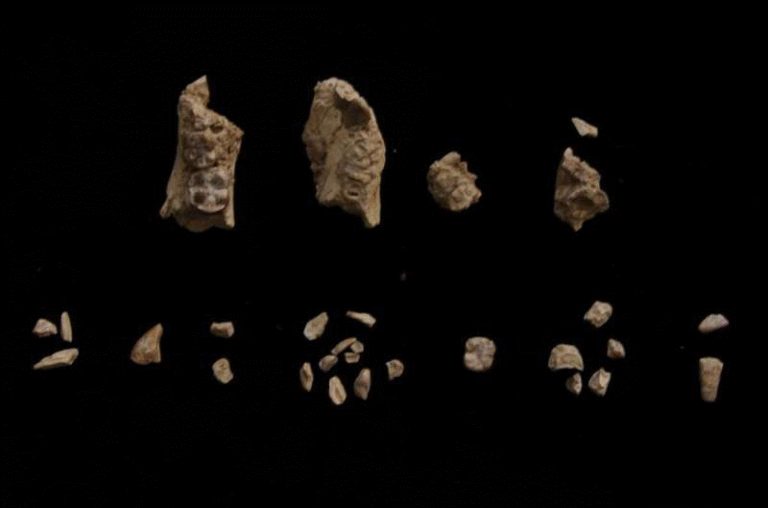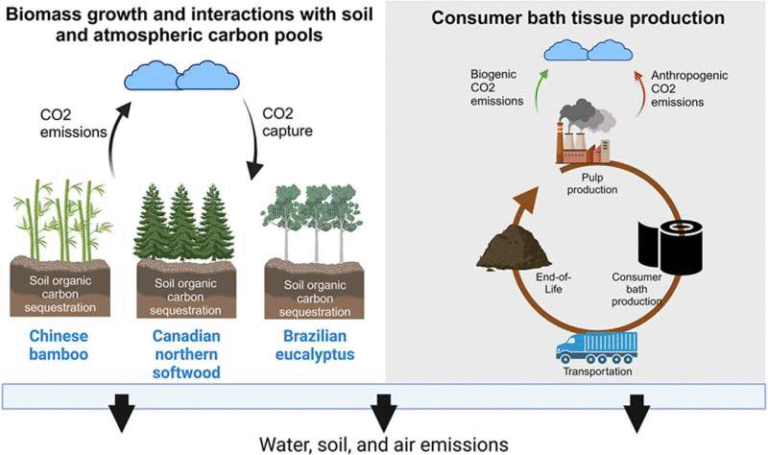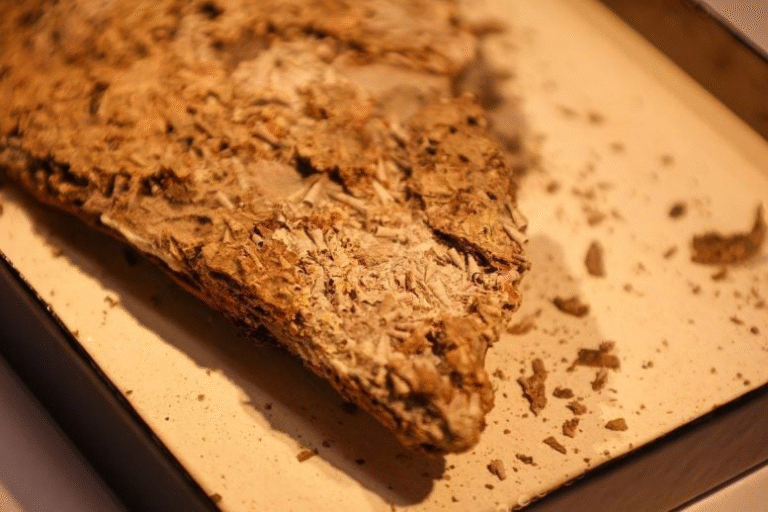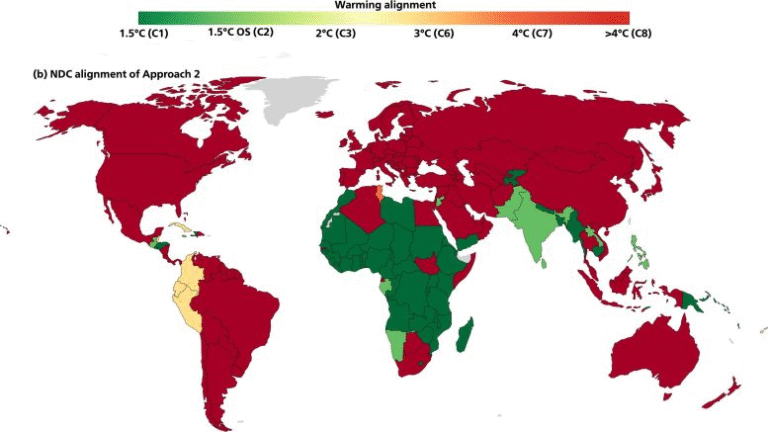Hurricane Ian Research Reveals How First-Floor Elevation Decides the Fate of Flooded Homes

When Hurricane Ian struck Southwest Florida in 2022, it left behind more than destroyed homes—it left data. A lot of it. And now, thanks to a major collaborative effort, researchers have transformed that data into one of the most detailed and valuable resources ever made for understanding how first-floor elevation affects flood damage.
This research, conducted by a team of engineers from the University of Rhode Island, Oregon State University, and Stantec, has led to a publicly available dataset that’s turning heads in the disaster science community. The dataset—known as PRJ-5700 | Virtual Damage Assessment and First-Floor Elevation Estimation: Application to Fort Myers Beach, Florida and Hurricane Ian (2022)—was recently honored with the 2025 DesignSafe Dataset Award for its major contribution to natural hazards research.
A Massive Dataset for a Massive Problem
At the heart of the study is the city of Fort Myers Beach, located on Estero Island, one of the hardest-hit regions when Hurricane Ian made landfall. Researchers analyzed nearly 3,400 buildings, documenting both pre-storm and post-storm conditions.
What makes this dataset so valuable is its precision. Every building in the dataset includes details such as first-floor elevation, building type, foundation design, roof and wall condition, and overall structural damage. According to lead researcher Mehrshad Amini, an assistant professor at the University of Rhode Island, this is the largest publicly available first-floor elevation dataset of its kind.
Even better, the data went through rigorous quality control and assurance steps, making its elevation estimates more accurate than national inventories like the U.S. National Structure Inventory (NSI). For researchers and engineers who model hurricane and flood damage, that’s a big deal.
The Power of Virtual Damage Assessment
The research introduced an innovative method known as Virtual Damage Assessment (VDA). Instead of waiting for field teams to visit thousands of damaged sites—a process that’s slow, expensive, and dangerous—Amini’s team used high-resolution aerial imagery, drone photos, and NOAA satellite images to assess buildings remotely.
The process sounds complex but is remarkably practical. The researchers and trained undergraduate engineering students examined imagery to decide whether a building was intact, partially damaged, or completely destroyed. They evaluated visible elements like roofs, foundations, and exterior walls, documenting any obstructions such as debris or vegetation that could affect the analysis.
And it worked. Their findings showed that trained students, working virtually, could perform damage assessments as accurately as professional experts, but much faster and at a fraction of the cost. That’s an encouraging discovery for disaster response teams who often face tight budgets and urgent timelines.
What the Data Shows
The data paints a clear picture: the lower the first floor, the higher the flood damage.
Buildings closer to the shoreline, or those built decades ago with lower foundations, suffered more severe destruction. Newer homes built at higher elevations generally performed better. This direct relationship between first-floor elevation and flood damage reinforces what agencies like FEMA have long believed—and rely upon in their HAZUS damage modeling software.
In simpler terms, the elevation of your first floor—the first few feet that separate your living space from rising floodwaters—can make all the difference when the next storm hits.
How the Data Was Collected
The team’s data collection process wasn’t easy. They faced major challenges due to inconsistent image quality and limited footage after the hurricane. Some neighborhoods didn’t have complete post-storm imagery, forcing the researchers to get creative.
In those areas, Amini’s team actually drove through streets with GoPro cameras mounted on cars, capturing street-level footage to ensure that every structure on Fort Myers Beach was included. They also incorporated high-water mark data from the U.S. Geological Survey (USGS) and information from the NHERI Structural Extreme Events Reconnaissance (StEER) network to enhance accuracy.
These multiple layers of data—imagery, survey marks, hazard data, and infrastructure information—were combined to produce detailed records of each building’s condition.
Why First-Floor Elevation Matters
First-floor elevation (FFE) might sound like a small technical detail, but it’s actually a critical factor in flood risk prediction. FEMA and local building departments often require an Elevation Certificate for new constructions, documenting how high a home’s first floor sits above the base flood elevation (BFE).
That measurement helps determine flood insurance rates, permit approvals, and building code compliance. The new dataset offers a way to estimate FFE values across entire communities—even for older homes that don’t have official certificates on record.
By improving access to accurate elevation data, cities can refine flood maps, update risk models, and plan more resilient developments.
Data That Keeps on Giving
The dataset, now available through DesignSafe, is not just a collection of numbers and coordinates. It’s a tool for future research, offering an opportunity to validate and improve existing disaster models such as FEMA’s Hazus, IN-CORE, and R2D (Rapid Response Damage).
Researchers can also use it to create fragility functions—statistical models that estimate how likely a building is to be damaged based on water depth, wave impact, or surge velocity. With enough data, these models can even feed into AI and machine learning systems that automatically predict damage outcomes during future hurricanes.
From Field to Community
The project didn’t stop at academia. During the study, Amini met with city planners in Fort Myers Beach to ensure that the data was being shared and applied in ways that directly benefit local communities. The goal was to bridge the gap between scientific research and real-world resilience planning.
The feedback loop is working. Researchers around the world have already begun using this dataset to study inland hazard modeling, storm surge behavior, and urban flood resilience. At multiple conferences, Amini noted that the dataset has inspired new discussions about how to integrate building presence into hydrodynamic models—since many existing simulations treat land areas as empty space, ignoring the actual structures that influence water flow.
The Future of Flood Modeling
Hurricane Ian was a wake-up call for coastal communities. Rising sea levels and stronger storms mean that accurate, high-resolution data are more essential than ever. This dataset sets a new benchmark for transparency and precision in disaster research.
And it shows that better data leads to better models—and better models save lives. If agencies and local governments adopt findings like these, future coastal developments can be designed to minimize losses when storms inevitably strike again.
Lessons for Homeowners and Builders
For homeowners living in hurricane-prone regions, this research underscores the importance of knowing your elevation. Raising a home’s first floor—even by a few feet—can drastically reduce flood risk and insurance costs.
For builders and developers, incorporating elevation planning into design is no longer optional; it’s a necessity. Using modern flood modeling tools informed by datasets like this can help design structures that stand firm against future surges.
For students and educators, this research demonstrates the power of hands-on virtual learning. By engaging students in real disaster data analysis, universities can train the next generation of engineers and data scientists to tackle climate challenges head-on.
A Reliable Home for Big Data
Amini praised DesignSafe, the cyberinfrastructure platform that hosts the dataset, for making it easy to store, update, and share such large volumes of data. The platform’s version control ensures that future revisions remain traceable and that the dataset evolves with new information. It’s a model of how scientific data should be managed—accessible, transparent, and built for collaboration.
The Takeaway
The Hurricane Ian Virtual Damage Assessment Dataset is more than just an academic exercise. It’s a blueprint for how we can better understand and prepare for the next big storm.
It combines modern technology, student engagement, and open-access data sharing to produce something the entire research and planning community can benefit from. And perhaps most importantly, it reminds us that sometimes, the first few feet of elevation can make all the difference between a safe home and a destroyed one.





